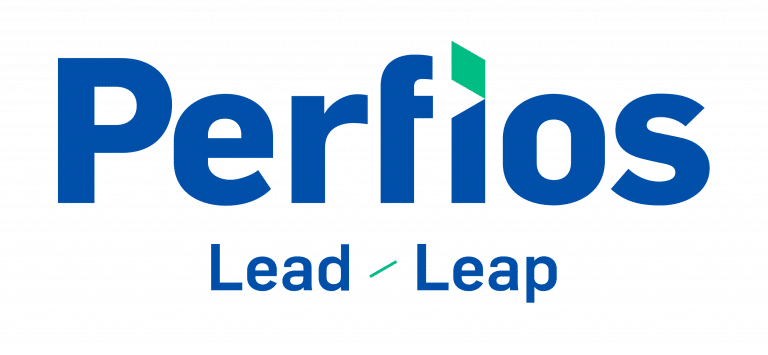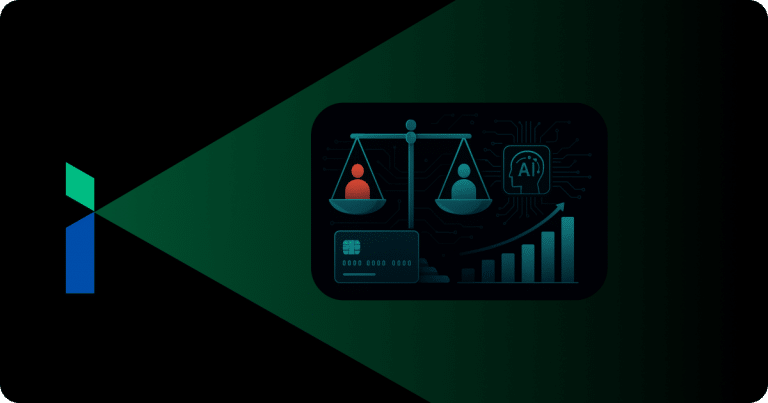In today’s connected environment, customer expectations have reached an all-time high. To remain competitive, businesses need to do more than just meet customer needs. The way a business interacts with its customers can significantly impact their perception of the brand, regardless of whether they make a purchase or not.
“Businesses must adopt analytics and artificial intelligence (AI) to stay ahead of the curve and make necessary adjustments to thrive’’
One critical aspect of achieving better service, efficiency, growth, profitability, and increased customer lifetime value is hyper-personalization.
By leveraging comprehensive data, analytics, automation, and AI, businesses can anticipate customer needs and create an enhanced customer experience. Hyper-personalization enables organizations to improve customer interactions, deepen existing relationships, build new ones, and make them more familiar and enjoyable.
As digital marketing continues to become increasingly competitive, hyper-personalization provides a meaningful way for businesses to engage with customers, drive brand loyalty, and increase willingness to spend, ultimately improving overall marketing effectiveness.
What is Hyper-personalization: Outline and impact
Hyper-personalization is a process that utilizes customer data to provide targeted and personalized products and services.
For banks, this means leveraging customer data to offer customized financial solutions that are tailored to individual customer needs.
In the banking industry, different business units within a bank have access to a partial view of a consumer’s finances. However, this view can be enhanced by combining Bank-wide data with data from other financial institutions like Insurance companies, Mutual Fund companies (through AA). By analyzing this data, banks can identify product gaps or opportunities that can be fulfilled using a hyper-personalization-focused approach.
With hyper-personalization, banks can offer:
● Personalized financial advice
● Customized investment recommendations
● Tailored loan options to each customer.
This approach not only enhances the customer experience, but also boosts customer satisfaction and loyalty.
To achieve hyper-personalization, banks can leverage artificial intelligence and machine learning to analyze customer data in real-time and make informed decisions about product recommendations and targeted marketing campaigns.
This can lead to higher customer engagement, increased cross-selling opportunities, and ultimately, increased revenue for the bank.
Furthermore, hyper-personalization can help banks with regulatory compliance by providing a more accurate view of a customer’s financial situation and identifying potential risks in advance.
Building a hyper-personalization environment
Customers are often overwhelmed by the vast number of options available on standard apps and websites that cater to a wide range of audiences.
However, this presents an opportunity for brands to stand out by introducing hyper-personalization, which tailors the experience to each customer.
While traditional segmentation groups customers based on shared behavior, hyper-personalization takes it a step further by addressing even the smallest differences, leading to a more consistent, personalized, and memorable brand experience.
A data-driven strategy can be implemented to gain insights into customer behavior and preferences, rather than relying on traditional tactics to excel in providing outstanding customer experiences.
By following these four analytics-driven steps, businesses can create an environment that consistently delivers noteworthy customer experiences:
1) Data Collection
Creating a hyper-personalized experience begins with identifying the target audience by understanding their behavior and preferences. This is done by gaining insights from relevant data. Identifying the right audience is crucial to providing a personalized experience, especially for businesses that serve a diverse audience.
2) Data Segmentation
The next step in creating a hyper-personalized experience is to segment the audience. This is done by using data and expertise to divide the audience into smaller subgroups based on demographics, expenditure, location, fulfillment, and past interactions. This allows a brand to tailor their communication and engagement to each group, resulting in improved customer engagement and brand loyalty.
3) Targeted Metrics
Once customers are segmented and their specific needs are identified, the process of targeting and engaging with each group can begin. Timing and medium of communication are crucial in this step, and taking control of both can greatly increase the chances of customer conversion.
4) Analysis
After launching a campaign, it is important to evaluate its success by analyzing customer response and its impact on revenue. By identifying which elements of the campaign resonated well with customers and incorporating those elements into future campaigns, businesses can achieve long-term results. This final step is crucial in determining the effectiveness of the campaign and making necessary adjustments for future success.
Perfios’ hyper-personalization engine of solutions
Perfios offers a hyper-personalization engine that helps financial institutions to personalize the customer experience using data and analytics.
The suite is designed to meet the changing expectations of consumers and stay ahead of the competition. It uses a combination of advanced analytical techniques to create authentic interactions with customers and effectively leverages technology to gain data-driven insights.
The suite can be used for various use cases such as creating frictionless customer journeys, increasing user engagement, and providing real-time insights.
The proprietary Perfios’ AA solutions combined with the hyper-personalization engine can help financial institutions to gather insights from every transaction, compute benchmarks, and create an optimum 360-degree persona of the consumer.
The suite also helps FIs to make informed decisions, target low-cost centers, and develop high-impact strategies that will drive potential benefits and exceed customer expectations.
Exploring the use case of Perfios’ hyper-personalization engine
Perfios’ hyper-personalization solutions via the Account Aggregator framework are an extremely powerful tool for banks to increase customer engagement and improve their customer journey. One use case of how this solution can be used is in the area of CASA onboarding (New To Bank).
CASA onboarding and building balances is a key focus area for most banking clients, but since most consumers are already banked, banks struggle to become the primary bank for their newly acquired CASA accounts. The AA framework provides a novel way for banks to get access to held-away CASA account transaction data with minimal friction.
Perfios’ Profiling Solutions can help piece together a detailed persona of the consumer based on their income and spending patterns from held-away primary accounts. This can help banks understand different aspects of a newly onboarded CASA consumer and make targeted offerings.
For example, a consumer with large wealth investments through a held-away account may be directly upgraded to a higher tier or provided complimentary investment advisory & portfolio reviews for 6 months. Similarly, banks can bundle the appropriate payment/collection solutions or working capital limits while onboarding new current accounts.
This use case can aid a bank by providing them with insights into their customers’ spending habits and financial history, which enables them to offer relevant and personalized products and services. As a result, the bank will be able to increase customer engagement, reduce acquisition costs, and improve customer retention.
What Perfios’ hyper-personalization solutions bring to the table
The following are features that Perfios’ hyper-personalization solutions offer that’s redefining finance management:
● 360° Customer Profile: All-round single view of the customer across various banking relationships, allowing for more targeted insights and personalized engagement.
● HPE Portfolio Analytics: Analyzing your Bank’s CASA portfolio using Perfios’ proprietary categorization & enrichment techniques for targeted Cross-Sell and Up-Sell campaigns.
● UPI Categorization & Spend Migration: Leveraging UPI Categorization on Bank transaction data to migrate spends to debit cards & credit cards.
● Credit Card Early Activation Campaigns: Use CASA spend behavior analytics to improve activation rates for newly acquired credit card customers.
● Credit Card Variant Selection: Target consumers with specific Credit Card variants backed by numbers based on consumers’ spending habits.
● BNPL Profile: Improve BNPL underwriting with minimal friction; this solution provides a high level analysis of the consumer’s income and loan repayment behavior..
● BNPL Potential: Helps to understand the customer lifetime value by providing insights into a consumer’s spend potential for BNPL, top categories of spend and merchant affinity..
● Merchant Lead Generation: Identifies new merchants which are relevant to your target population based on a combination of AA data and Perfios data assets..
● Insurance Profile: Leverage the power of AA and HPE to understand a consumer’s income, wealth & assets and risk triggers at the time of onboarding.
Endgame: Leap towards hyper-personalization
In conclusion, Hyper-Personalization is a game-changer for businesses looking to improve their customer experience and drive better results. By using the right technical tools and a data-driven approach, businesses can tap into the full potential of hyper-personalization.
A good framework that allows for the customization of online feeds and website content, combined with centralized customer data and machine learning automation, can help businesses stay ahead of the curve.
Perfios’ hyper-personalization solutions provide an advanced categorization and sub-categorization engine to gather insights from each and every transaction, and in conjunction with deep domain expertise and geographical attributes, can help unlock targeted insights, compute peer, industry, and business level benchmarks and create an optimum 360-degree persona of the consumer.
By using Perfios’ solutions, businesses can effectively engage with their customers and make targeted offerings to increase engagement and drive potential benefits that surpass their customers’ expectations.
Reach us at connect@perfios.com to take a quick demo














